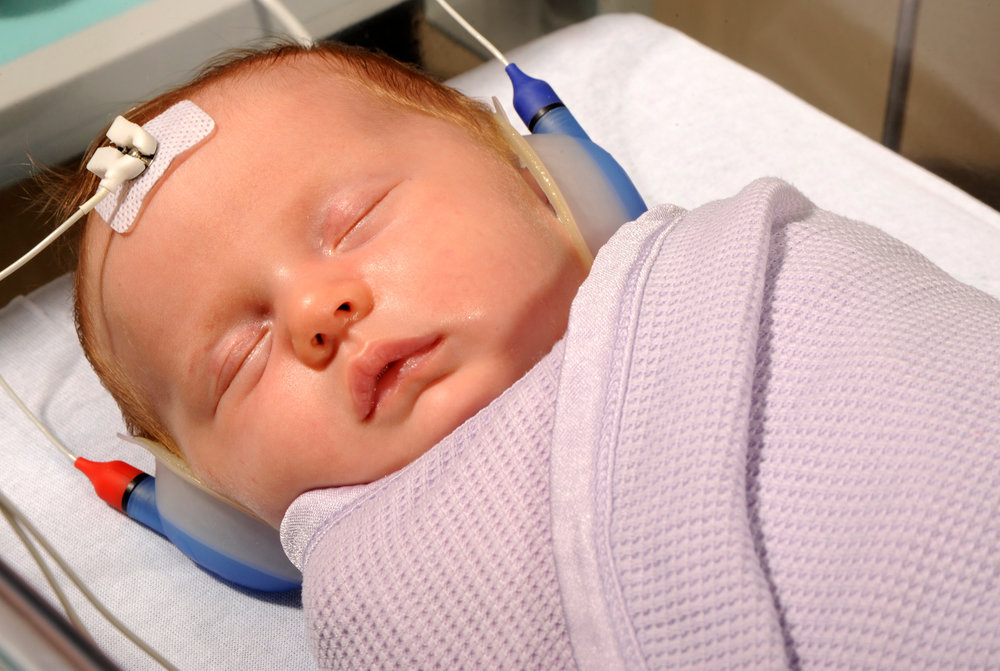Hearing screening helps diagnose 15,000 newborns in 10 years

TEHRAN — Hearing screening has helped diagnose some 15,000 infants over the past 10 years, deputy director for Iran’s Welfare Organization for rehabilitation affairs has said.
At least 85 percent of the newborns undergo hearing screening tests carried out by the Organization which would set the scene for early intervention for hearing-impaired babies, Fars news agency quoted Hossein Nahvinejad as saying on Friday.
Out of 1.5 million people living with different kinds of disabilities some 225,000 are suffering hearing impediment, Nahvinejad highlighted.
According to the American Academy of Pediatrics newborn hearing screening can detect possible hearing loss in the first days of an infant’s life. If a possible hearing loss is detected, further tests will be done to confirm the results. When hearing loss is confirmed, treatment and early intervention should start immediately. Early intervention refers to programs and services available to babies and their families that help with hearing loss and learning important communication skills.
Babies learn from the time they are born and one of the ways they learn is through hearing. If they have problems with hearing and do not receive the right treatment and early intervention services, babies will have trouble with speech and language development.
For some babies, early intervention services may include the use of sign language and/or hearing aids. Studies show that hearing-impaired children who receive appropriate early intervention services by age 6 months usually develop good language and learning skills.
Around 466 million people worldwide have disabling hearing loss, and 34 million of these are children, World Health Organization deafness and hearing loss report states. It is estimated that by 2050 over 900 million people will suffer disabling hearing loss.
Hearing loss may be caused by genetic causes, complications at birth, certain infectious diseases, chronic ear infections, the use of particular drugs, exposure to excessive noise, and ageing. However, 60 percent of childhood hearing loss is due to preventable causes.
Unaddressed hearing loss incurs an annual global cost of $750 billion. Interventions to prevent, identify and address hearing loss are cost-effective and can bring great benefit to individuals.
People with hearing loss can benefit from early identification; use of hearing aids, cochlear implants and other assistive devices; captioning and sign language; and other forms of educational and social support.
MQ/MG
Leave a Comment